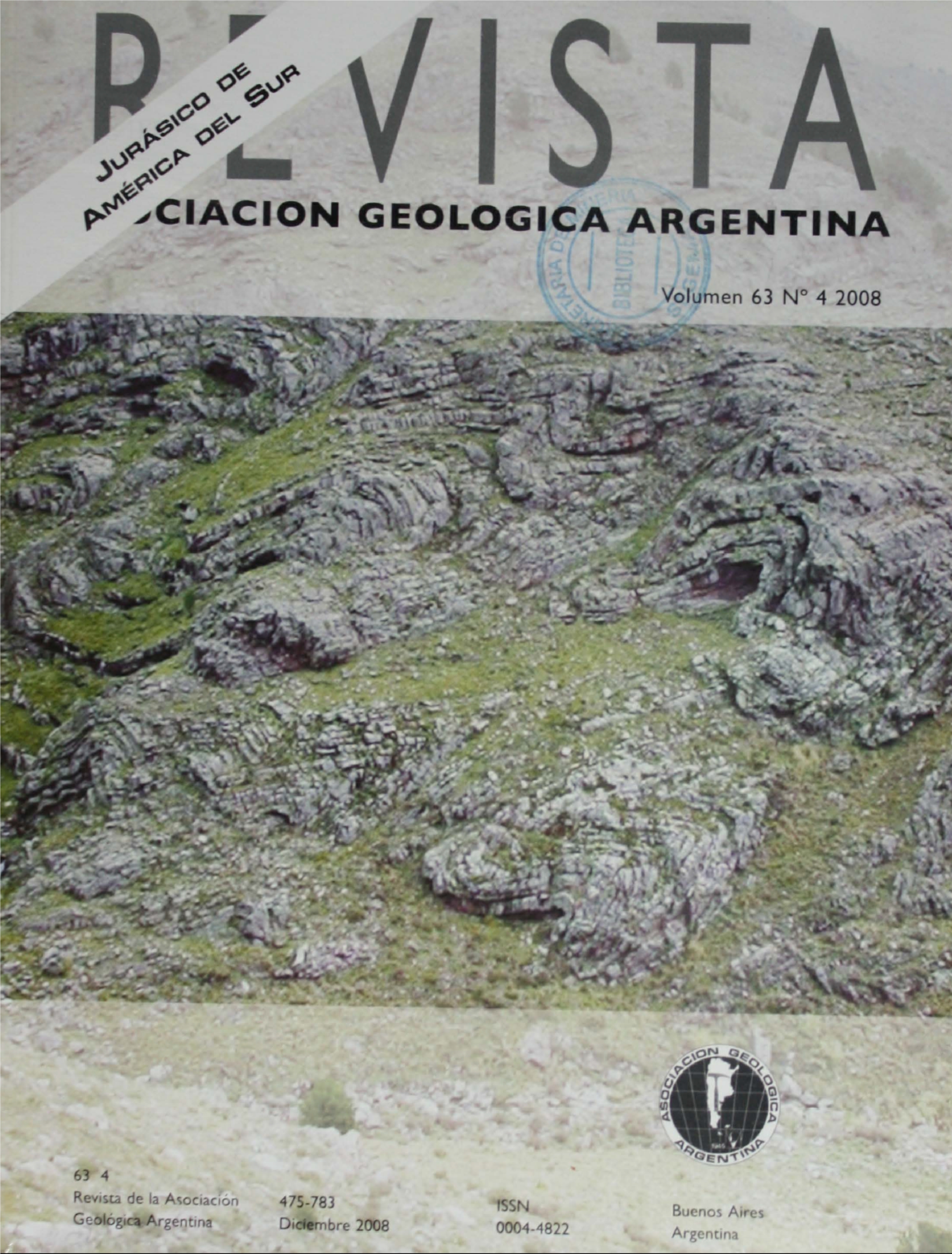Paleogeography of South America during the Jurassic
Main Article Content
Abstract
The study was carried out in four Lower Jurassic marine sections of Mendoza and Neuquén provinces, which are composed mainly by ammonite-bearing fine-grained sedimentary rocks with intercalated volcanic levels. Two magnetic components were isolated that were carried primarily by titanomagnetites and subordinately, by another mineral with high unblocking temperature/coercivity (titanohaematite?). Component A is soft and is interpreted as a recent remagnetisation. Component B on the other hand, is hard and would correspond to the Jurassic original magnetisation acquired during or soon after the deposition of the sedimentary and cooling of the volcanic rocks, according to the various field tests for palaeomagnetic stability and optical studies. Two palaeomagnetic poles were calculated for component B, one for the Hettangian-Sinemurian located at 223°E, 51°S, A95= 6°, N = 25, and the other for the Pliensbachian- Toarcian at 67°E, 74°S, A95= 5°, N = 52. Using these and other thoroughly selected Jurassic poles from stable South America, a new apparent polar wander path was constructed for the Late Triassic-Late Jurassic interval that is dissimilar to the ones proposed in the literature. In particular, the path shows a notorious cusp during the Early Jurassic that points out important continental latitudinal shifts and which is also observable in other continents from Pangea. Thus, the data obtained indicate that South America was placed during the Late Triassic to the Sinemurian, further to the south respect to the present-day position whereas in the Pliensbachian, it attained its northernmost location. At the end of the Early Jurassic, South America moved again to the south until in the Middle Jurassic reached almost present-day latitudes. Such latitudinal shifts are also supported by palaeobiogeographical data from the northern and southern hemispheres.
Article Details

This work is licensed under a Creative Commons Attribution-NonCommercial 4.0 International License.
Nota de copyright
Los autores conservan los derechos de autor y garantizan a la revista el derecho de ser la primera publicación del trabajo licenciado según una licencia de atribución Creative Commons que permite a otros compartir el trabajo con el reconocimiento de la autoría y de la publicación en la que se publicó por primera vez.
Declaración de privacidad
Los nombres y direcciones de correo electrónico introducidos en esta revista se usarán exclusivamente para los fines declarados por esta revista y no estarán disponibles para ningún otro propósito u otra persona.

